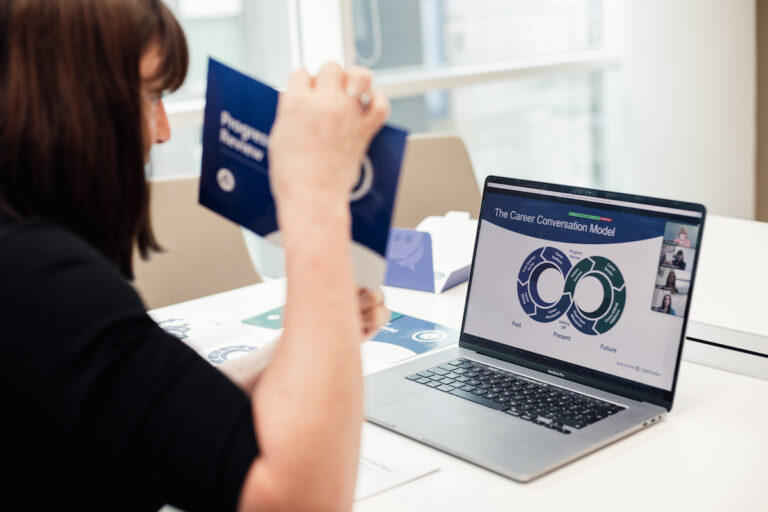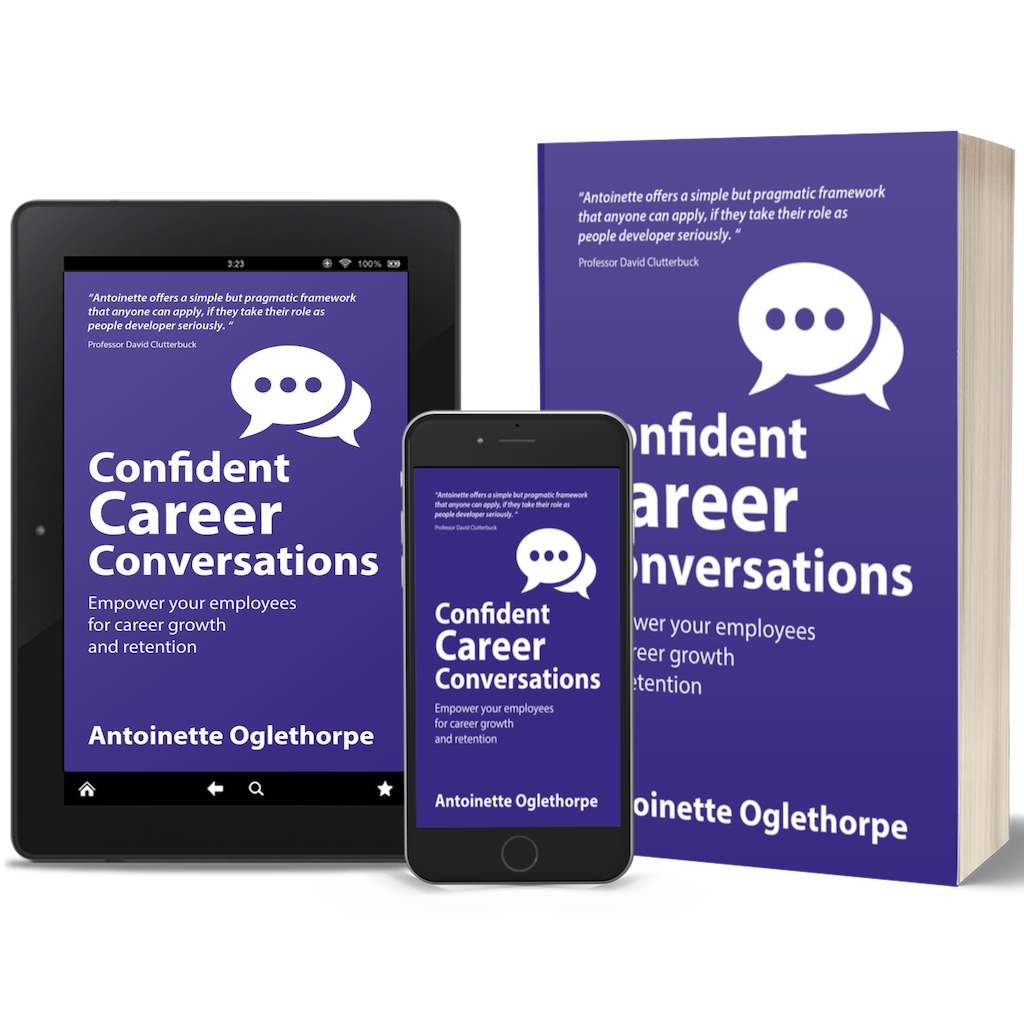Partnership working is a fact of life for many organisations these days and the language of collaboration is becoming the norm. But what does partnership working mean and how can you develop a collaborative working relationship with others?
The difference between a partnership and a team
First, it is worth recognising there are some distinct differences between a partnership and a team or organisation. Unlike a team or single organisation, partners don’t all have the same aims. They have separate but overlapping objectives and they are dependent on each other for achieving some but not all their objectives.
So, they may need some help to think about what the interdependencies are and what the benefits and future opportunities might be that they cannot realise on their own.
They also need help in managing the tensions and divided loyalties between meeting the needs of the partnership and meeting their own needs that are independent (and possibly contrary) to those of the partnership.
For all these reasons, partnerships are complex. Successful partnership working isn’t about being alike (or even liking each other), but it is about being prepared to understand and work with these differences.
A Model to Help Develop Partnerships
I originally developed the PARTNER model to strengthen working relationships between individuals. But it is equally useful for developing collaboration between teams, departments and organisations.
The model outlines seven steps for developing and maintaining effective partnership working. PARTNER is an acronym standing for Platform definition; Approach other Partner; Rules of Engagement; Tying us together; Notice success; Express appreciation; Review and Improve.
Before Bringing the Partners together (PAR)
Partnership working depends on the way the different individuals and organisations engage from the outset. Those who develop effective partnerships make sure their thoughts are in order before they approach and engage with the other partner. In line with this, Platform Definition; Approach Other Partner; Rules of Engagement (PAR) are elements of the model that each partner should think about before starting discussions with the other.
Platform Definition is fundamental for helping each partner frame the situation positively. It is about defining the business problem that you are trying to address through partnership working and the business goals of each partner. It is also about agreeing which of those goals are dependent on the other partner for success and which aren’t. And it recognises the benefits and opportunities there might be from working in partnership. It also encourages each partner to reflect on how they would like the partnership to work and what signs/measures/results will show the partnership is working well.
This helps each partner decide if partnership working is the right approach. And, if it is, gives them greater confidence to Approach Other Party and consider the Rules of Engagement. That is, setting up the first meeting to create an atmosphere of partnership working and collaboration.
Discussion Between the Partners (T)
If people follow the PAR steps, they will create the best possible atmosphere in which two partners can meet and agree how they will work together.
Tying Us Together encourages partners to work together to agree on the results they want. They also agree on the responsibilities and actions needed to deliver those results, the behaviours needed to support partnership working and any immediate actions/quick wins.
Ongoing Review and Improvement (NER)
Once the partners start working together, they need to create and keep an atmosphere of partnership working and collaboration. Notice Success; Express Appreciation and Review & Improve (NER) help people feel heard, feel respected and feel supported while engaging them in reviewing how they are working together and agreeing on steps to improvement. This, in turn, leads to their feeling ownership of and commitment to a solution that they have had a voice in creating.
In any working relationship, there are potential areas of tension and people often focus on the negatives. Whatever the other partner did that may have led to misunderstandings, and missed deadlines get the most attention. And because a particular negative event caused difficulties, they sometimes let that negative event colour the entire relationship. There is a strong temptation to forget the partner also has positive qualities and potential and there will have also been positive events and contributions from that partner.
Notice Success and Express Appreciation remind partners to identify what is working in the relationship, what progress and achievements they have made, and what strengths and resources the partners have both individually and collectively. They will also think about what “hot topics” they need to address.
The previous steps move partners toward the crucial task of agreeing to the specific steps each partner is willing and able to take to continually improve the partnership.
Take Action
Partnership working is not achieved through a well-intentioned desire to work well together. By working through the seven steps outlined in the PARTNER model, individuals and groups can ensure they carry out the necessary planning and development to be effective.
What do you think? Would such an approach be helpful in your organisation? Get in touch to find out how I can facilitate partnership working in your organisation.




4 thoughts on “Seven Steps to Effective Partnership Working”
I read with interestand remind me of Michael Porter’s Shared Value Strategy.The corporation with good partnership will be necessary to acomplish big scale new projects. Sharing the vision is the firstly required
to construct the good pertnership.
Thanks Tomio. Great to get your feedback. And a really useful reference. I think you’re right. Partnership working will become more and more important.
Interesting blog, Antoinette – shared vision so key – and where partners come from multiple organisations, sectors, localities, seems essential.
Thanks Louise. Yes. I wonder how many partnerships or networks actually think about that up front.